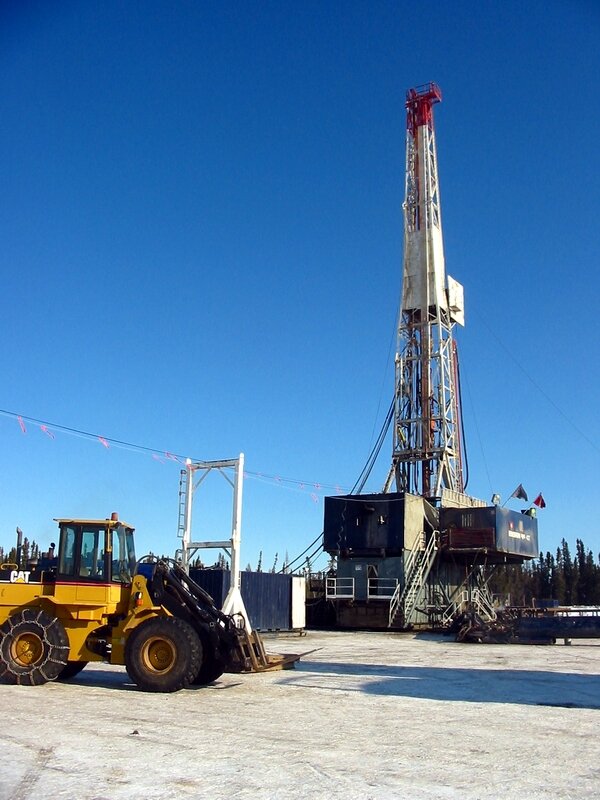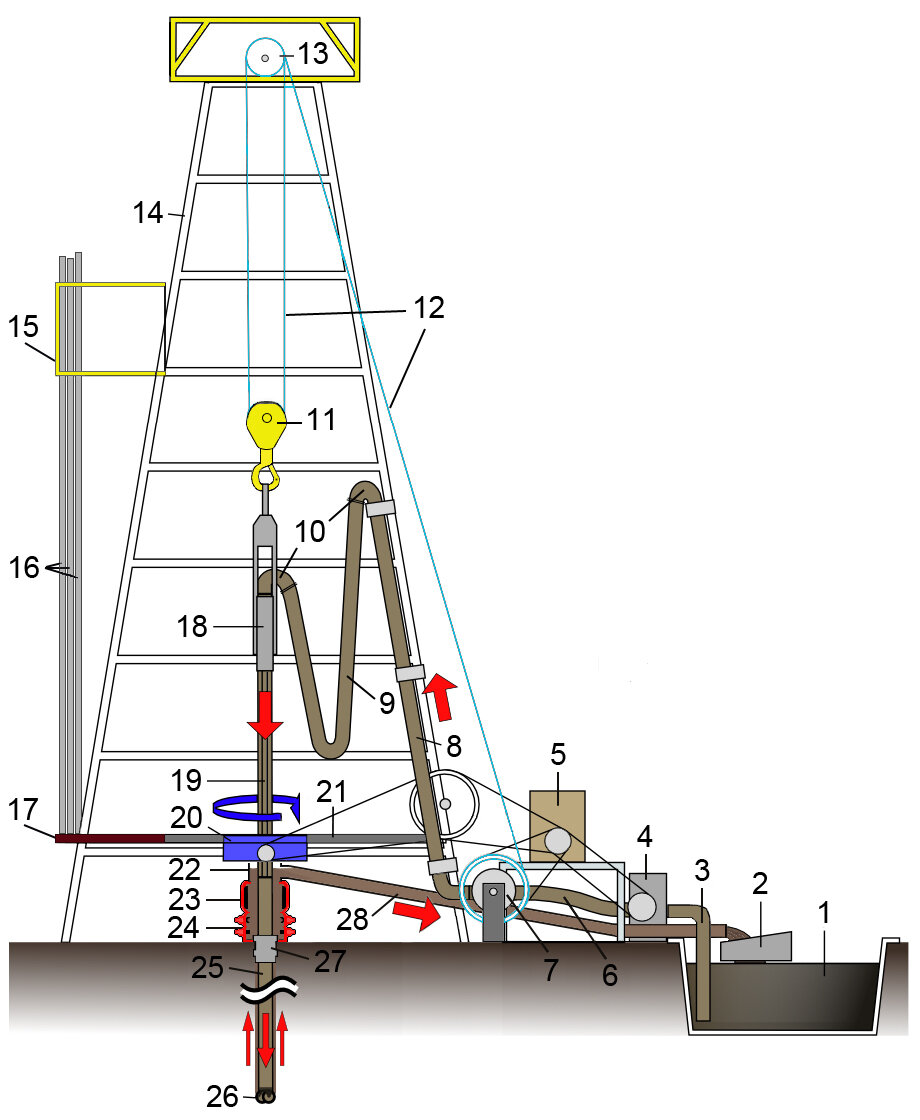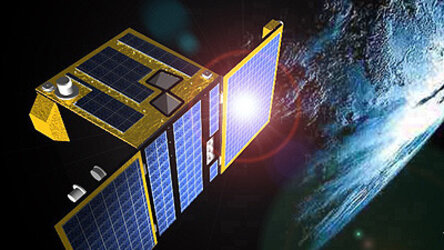Improving oil and gas drilling using space software
Software used to control satellites may one day help people drilling for oil in some of the world’s most forbidding environments.
With the help of ESA, UK technology firm SciSys is working with Schlumberger, a leading oil and gas service company, to see if routine parts of the drilling business can be automated using software adapted from satellite control.
The software was originally developed to support routine telecom satellite operations.
“Compared to deep-space missions, telecommunication satellites are relatively straightforward to control,” says SciSys sales manager Chris Lee, “but there are a lot of tasks that must be regularly uploaded from the satellite control centre.

“These can range from minor course corrections to instructions on which way to point their transmitters.”
Software that automated much of the routine back-and-forth of satellite telemetry was investigated by a number of companies in the 1990s. In the case of SciSys, it eventually led to their APEX software system.
“Instead of regularly typing in routine commands based on looking up operational procedures from the user manual, the same procedure can be captured as a graphical flowchart and automatically executed .so the operator isn’t required to be there the whole time,” says Mr Lee.
“Since the software can provides immediate visual feedback, it becomes a sophisticated decision-making tool.”

SciSys’ automation procedures have now been used on dozens of satellites, including Eutelsat’s TV satellites and Eumetsat’s weather sentinels.
Under a Technology Transfer Demonstrator project from ESA’s Technology Transfer Programme, SciSys recently worked with Schlumberger Cambridge Research Centre in the UK and Schlumberger’s engineering centre in Houston, USA, to see if oil drilling was a good candidate for APEX.

It turns out that many tasks on an oil rig lend themselves to the sort of automation that works on satellites.
“Operators are working in very challenging conditions, often on 12-hour shifts. They can have so much information coming back at them they’re often overwhelmed with data,” Mr Lee says.
By installing automation software, hard-pressed drill operators would be able to focus on key actions that require human decision-making and leave the repetitive tasks to the computer.

Space technology could make drilling operations both easier and safer, benefiting the companies and the planet.
So far, the software has been tested in a number of trials with drill operators to prove the concept. This has included a live trial on an oil rig.
Naturally, the industry is cautious about using such technologies until they have been proven both safe and reliable. SciSys is preparing an updated version of their system to go through a second round of tests later this year.

“Our trials with these procedures were very positive,” Chris Lee says. “It was clear that operators can take real benefit from tools that support but do not replace them.
“Next, we plan to train the operators in how to write and implement their own procedures so that they can put the software through more realistic paces.
“If this goes well, we hope to have our system up and running on oil rigs in the next few years.”
ESA’s Technology Transfer Programme Office (TTPO)
The TTPO’s main mission is to facilitate the use of space technology and space systems for non-space applications and to demonstrate the benefit of the European space programme to European citizens.
The office is responsible for defining the overall approach and strategy for the transfer of space technologies, including the incubation of start-up companies and their funding. For more information, please contact:
ESA’s Technology Transfer Programme Office
European Space Agency
Keplerlaan 1
2200 AG, Noordwijk
The Netherlands
Tel: +31 71 565 6208
Email: ttp@esa.int







